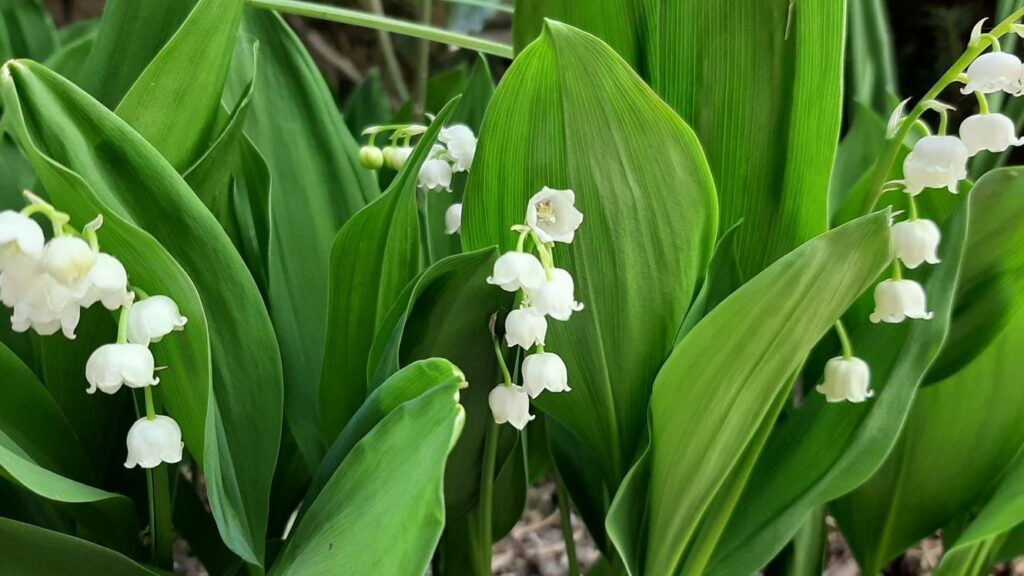One of the good things about 2020 was that we lost so many distractions. One could also frame it by only looking at what we lost. Both are true.
Distractions are what is happening when we are filling up time to an extent that we don’t ever experience boredom anymore. Distractions are what is taking away our attention from the things that are important to us. Distractions are what we use to avoid sensing what we experience, most often all the little details pointing at our fears.
Having less distractions engages us into more listening. There is more time and less movement towards something else that would have helped us cover up the inner voices appearing or that would have pulled us away from the conversation we are having.
Having the opportunity doesn’t make us geniuses at listening nor communicating. It opens the door to an experience we can engage in. We still have our way of making sense of the things we’ve heard. We still have our way of sharing how it resonated. We still have to learn to make sense of how to listen.
And then there is the objective. We may not even always be fully aware of it, especially when it is a generous objective, one of caring and support.
One of the leaders I’m working with wants nothing more than to see his team develop and grow. His listening is focused on helping them. However, as helping also means sharing his wisdom, his listening objective becomes to find a spot to place his wisdom. His help will be focused on what he believes to be important. Whatever help they have been searching for may get lost in his focused listening.
In a similar way, when researching an article becomes interviewing people to gain a specific information it can transform the listening into a hunt. The objective being to gain the information that explains the idea we are building. Questions will thus focus on a specific area, limiting the story people would otherwise have told. That’s where Robert Caro likes to ask: “is there something else to this story?”
There is art in creating the space where people can tell their story, not the one we look for. There is art in listening to the story they are telling, not the one we hear. There is art in making sense of the story they tell, not the one we understand.
It’s hard work. It can’t be done without being fully engaged. It works best by leaving the distractions aside, that includes all those thoughts popping up while listening.

